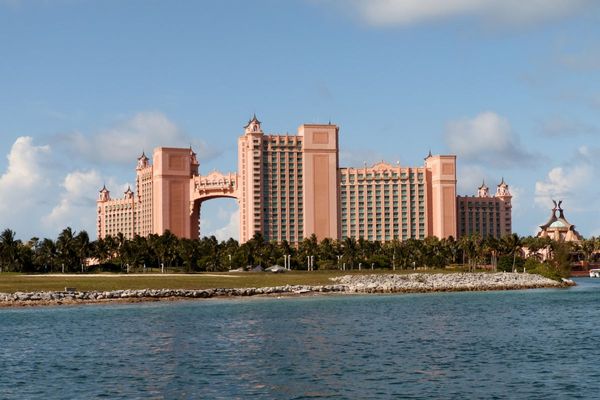
The zombie movie was perfected on November 1, 2002 — but Americans wouldn’t find out for another eight months. Thanks to a perfect storm of talent and some incredible timing, one film managed to redefine the subgenre and pave the way for everything that came next.
We’re talking, of course, about 28 Days Later. And with HBO’s The Last of Us coming for the throne, there’s never been a better time to revisit this unbeatable tour through the zombie post-apocalypse.
Directed by Danny Boyle from a script by Alex Garland, 28 Days Later stars Cillian Murphy as Jim, a bicycle courier who wakes up from a coma almost a month after a zombie outbreak lays waste to Great Britain. Unaware of what’s occurred, Jim makes his way through a deserted London and eventually into the British countryside, meeting allies and enemies (and plenty of rage-infected zombies) along the way.
Like The Last of Us (both the video game and, presumably, the new series), 28 Days Later is less about the zombies and more about how the end of the world changes the humans who survive. For some, an apocalypse brings out the best as they try to help each other in whatever little ways they can. But for many more, the fall of civilization reveals a terrifying darkness living just under the surface.
Jim encounters a handful of good people, including a father and daughter who may or may not have inspired Joel and Ellie in Last of Us. However, the movie’s biggest gut punch comes in the form of a group of surviving soldiers who have completely abandoned any sense of human decency.
You can’t talk about 28 Days Later without talking about its zombies, either. Before this movie, most zombies were undead, rotting corpses lurching slowly after their victims. 28 Days Later changed everything with its rage-infected hordes capable of moving at superhuman speeds. The genre would never be the same again.
“We wanted [the extras] to be athletes, with almost superhuman running abilities so that there was no way you could run away from them,” Boyle told NME in a 2022 retrospective. “We hired a load of ex-athletes to play a lot of the infected so that we’d have this power in them that was really quite scary.” (He goes on to say that the zombies were inspired by road rage and “photos from the 1930s of people dying with rabies.”)

28 Days Later’s influence goes beyond its sprinting undead. The decision to shoot on location in London for its empty post-apocalypse inspired countless others, including 2007’s I Am Legend. (Boyle told NME they never could have gotten away with some of the things they did in a post-9/11 world).
It also cemented Danny Boyle as a great director and helped launch the careers of both Alex Garland and Cillian Murphy.
“It opened doors for me,” Murphy told NME. “I managed to get meetings. I met Christopher Nolan through that, so it was massive for me.”
But 28 Days Later is bigger than the sum of its parts, as impressive as those parts may be. It’s an all-time classic that belongs in the pantheon of great cinema. It’s that rare horror movie that cracks into the mainstream to sit alongside classics, dramas, and epics. And, of course, it’s also just a damn good zombie movie.







